Growlink Smart Blog
Optimizing Cultivation with Data-Driven Automation & Insights
Sign Up Today
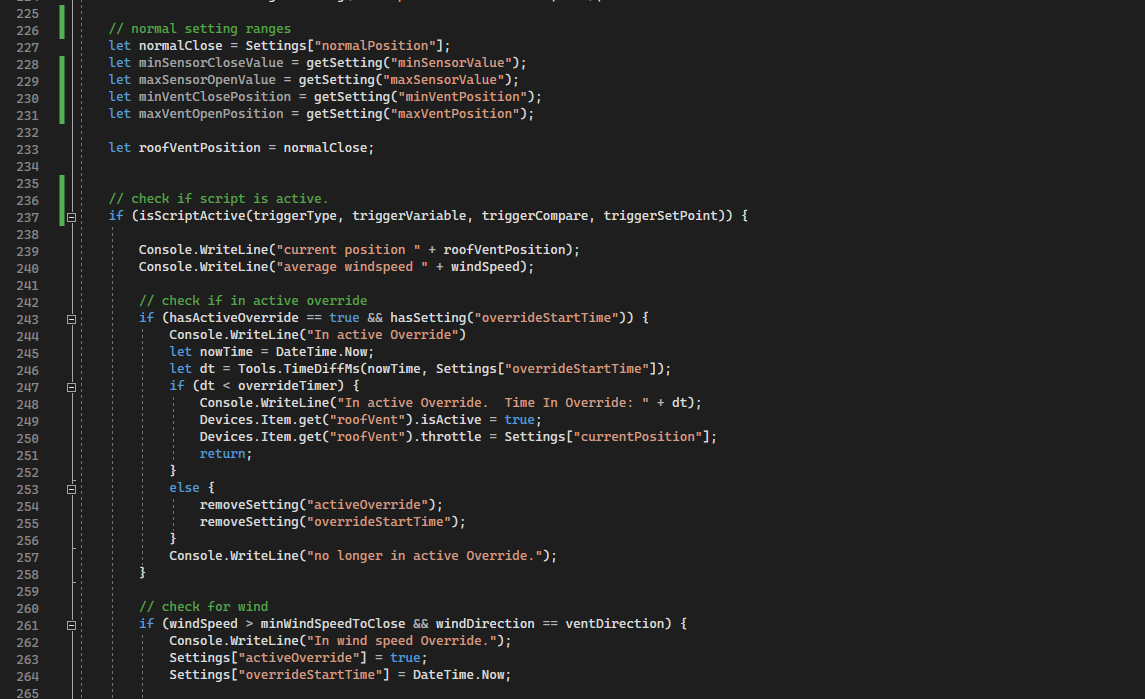
1 min read
Introducing Growlink Advanced Control Algorithms Library
Introducing Growlink Advanced Control Algorithms Library – powerful control algorithms designed specifically for precision greenhouse control....
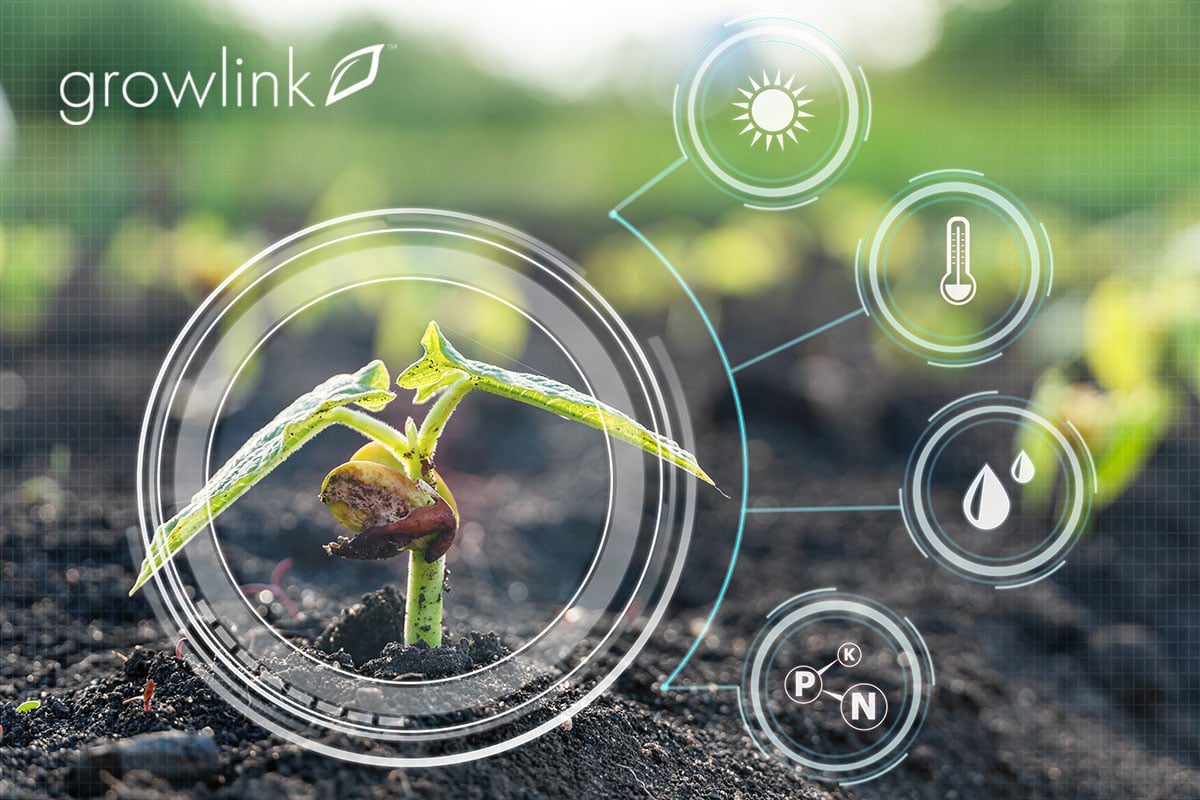
2 min read
Unleashing the Potential of Data for Sustainable and Efficient Controlled Environment Agriculture
Subtitle: Leveraging Cutting-Edge Technologies for a Greener and More Productive Future Introduction: At Growlink, we are passionate about utilizing...
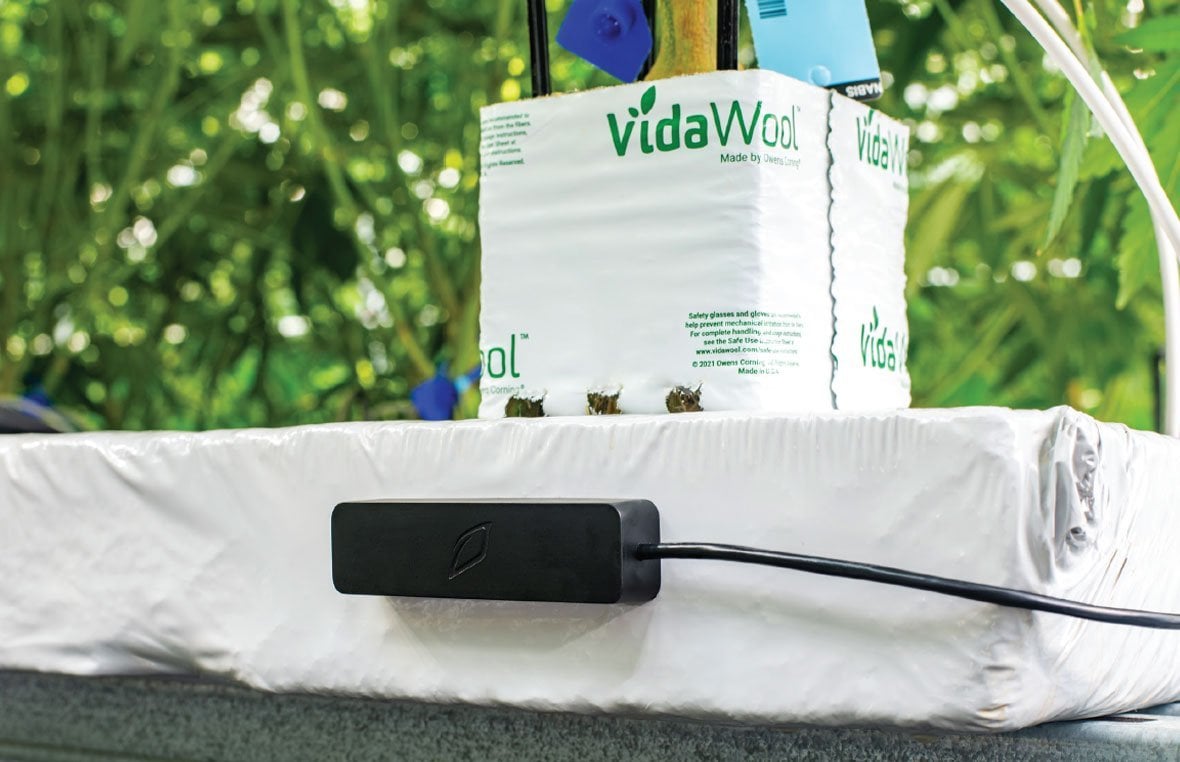
1 min read
Benefits of Precision Irrigation
Precision irrigation is a method of watering crops that uses technology to ensure that the right amount of water is delivered to the plants at the...

1 min read
How can a system with a controlled environment help improve crop performance?
Controlled environment systems, such as greenhouses, can help improve crop performance in a number of ways:
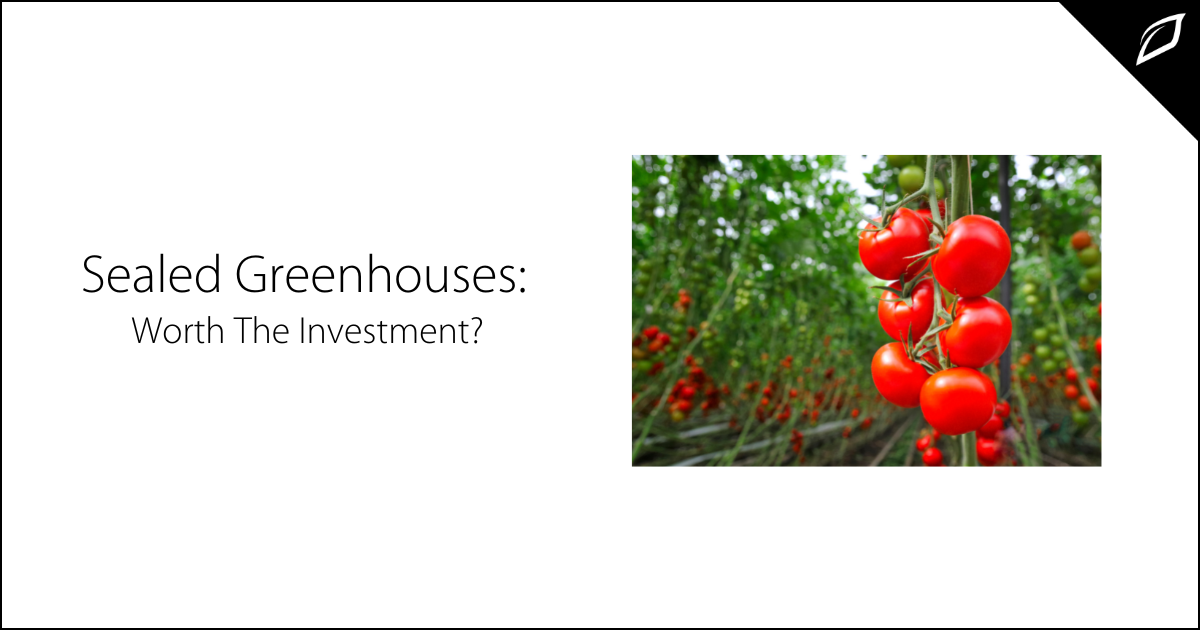
2 min read
Sealed Greenhouses: Worth The Investment?
Many modern farmers are turning to sealed greenhouses over traditional ventilated greenhouses. Heavy ventilation is required daily to combat...
-png.png?width=1200&height=630&name=Understanding%20DLI%20(Daily%20Light%20Integral)-png.png)
3 min read
Understanding DLI (Daily Light Integral)
DLI is equally as important indoors as it is in an outdoor/greenhouse environment and should be utilized when trying to optimize your grow efficiency...

2 min read
What Are Terpenes And How Do They Work?
Terpenes are organic compounds responsible for the fragrance, taste, and pigment of plants and trees throughout the world. More than 50,000 unique...
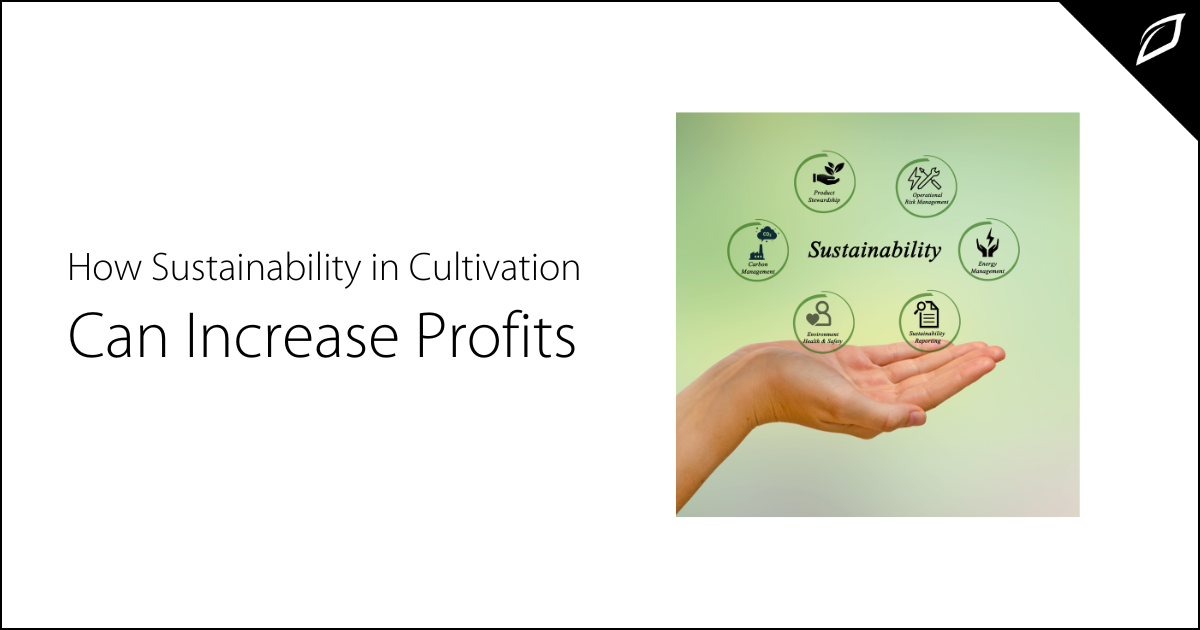
3 min read
Sustainability In Cannabis Cultivation Increases Profits
Sustainability in cannabis is a great sound bite in media, blogs, and marketing materials, but business owners need to make a profit and thrive. Can...

2 min read
Drying and Curing Cannabis
Curing is the final process of producing high-quality cannabis. Often overlooked, it is vital to ensuring your cannabis reaches its maximum potency...
